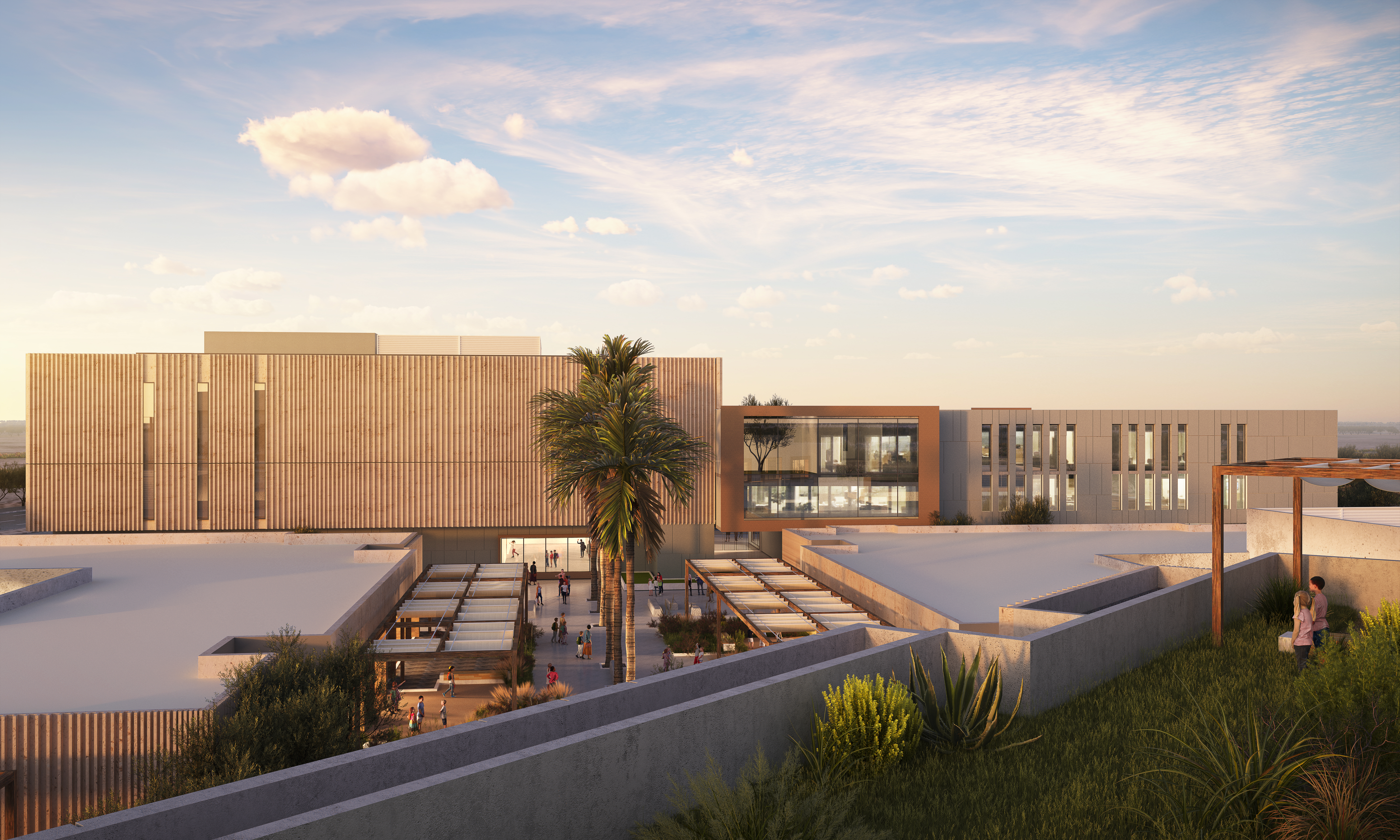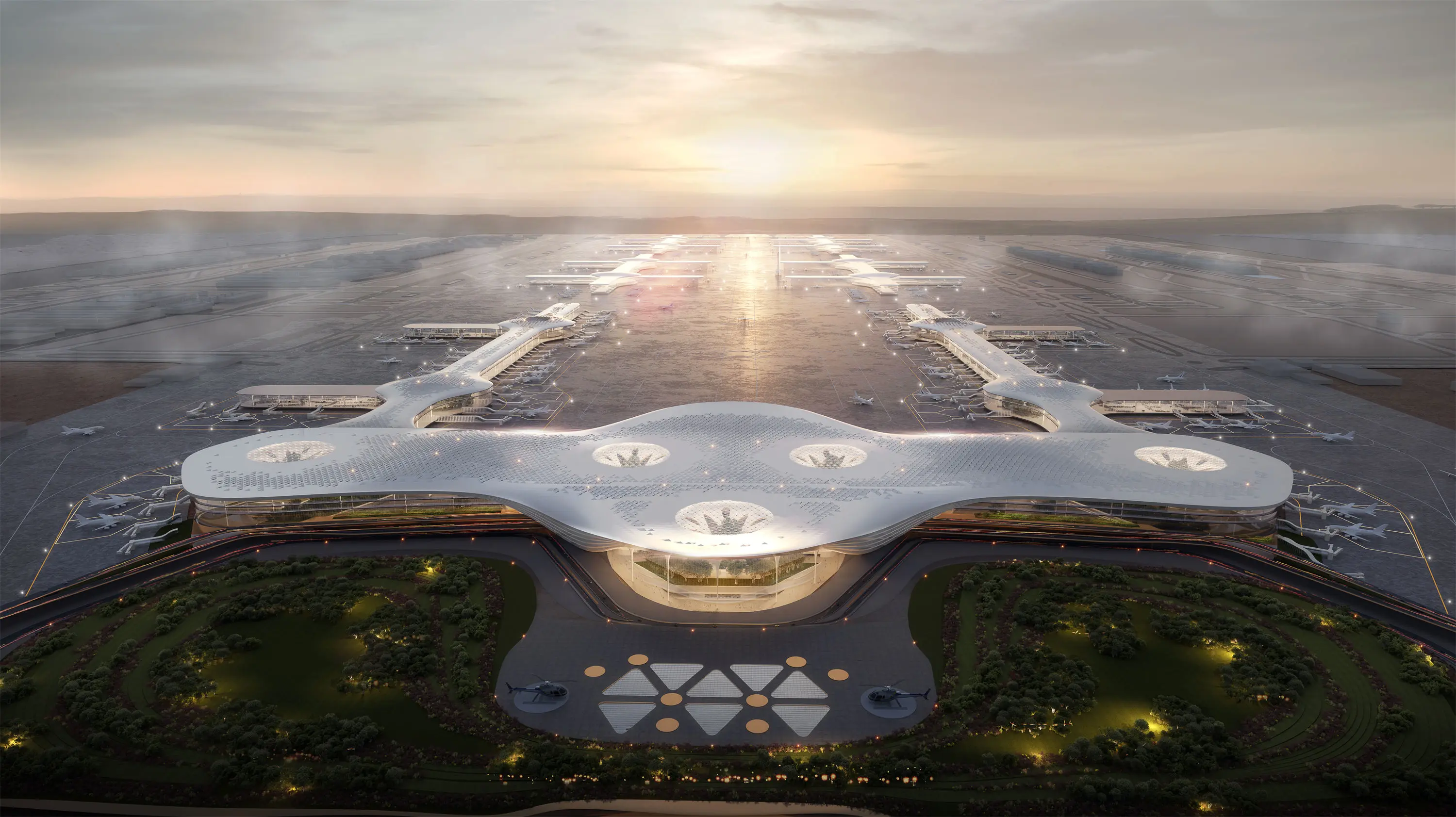What is the technical principle of 3D rendering?
3D rendering is the process of converting 3D models into 2D images. Its technical principles mainly involve the following key aspects:
Geometric processing
The 3D model is composed of geometric elements such as vertices, edges and faces. The rendering process first needs to process these geometric data, including coordinate transformation, converting the local coordinates of the model to world coordinates and then to camera coordinates to determine the position and perspective of the model in the virtual scene.
Then, the projection transformation is carried out to map the points in the three-dimensional space onto the two-dimensional plane. Common projection methods include orthogonal projection and perspective projection. Perspective projection can simulate the effect of objects appearing larger when they are near and smaller when they are far when observed by the human eye, making the image more realistic.
Rasterization
The graphic data after geometric processing needs to be transformed into pixels on the screen, and this is the process of rasterization. It will transform graphic elements such as triangular patches of three-dimensional graphics into a series of pixels and determine whether each pixel is within the graphic element.
For the pixel points within the graphic element, their color values need to be calculated, which is usually achieved by interpolating attributes such as the color and texture coordinates of the vertices. For example, based on the colors of the three vertices of a triangle, the colors of the internal pixel points are calculated through linear interpolation.

Texture mapping
To make the surface of objects present more abundant details and textures, such as wood grain and the brick texture of walls, texture mapping technology will be used. Map the pre-prepared two-dimensional texture image to the surface of the three-dimensional model, and determine the texture position corresponding to each pixel point through texture coordinates.
During rendering, the corresponding color values are obtained from the texture image based on the texture coordinates of the pixel points, thereby adding texture details to the model surface. Meanwhile, different texture effects can also be achieved by adjusting the parameters of the texture, such as scaling and rotation.
Illumination calculation
Lighting is an important factor affecting the realism of 3d rendering. The color and brightness of each part of the object are determined by calculating the illumination effect of the light source in the scene on the surface of the object.
Common lighting models include the Lambert model, the Phong model, etc. The Lambert model mainly considers diffuse reflection, that is, the uniform reflection of light by an object's surface, which is proportional to the cosine value of the incident Angle of the light. The Phong model adds high light reflection on the basis of the Lambert model, simulating the specular reflection effect of light on the object's surface, making the object appear more lustrous. When calculating lighting, it is necessary to take into account the position, intensity, color of the light source, as well as the material properties of the object surface, such as reflectivity and roughness.
Post-processing
In order to further enhance the quality and realism of the image, post-processing will be carried out on the rendered image. This includes adding special effects, such as shadows, reflections, refractions, blurring, etc.
For example, the shadows of objects are generated through technologies such as ray tracing or shadow mapping to make the scene more realistic; The reflection mapping technology is utilized to simulate the reflection effect on the surface of objects, such as the reflection of water surfaces and the reflection of metals. Color correction, contrast adjustment, sharpening and other operations can also be performed to optimize the visual effect of the image.
LIGHTS,3D Rendering Outsource China-best architectural rendering companies,Delivering High-end photorealistic quality architectural rendering services worldwide.Visual Projects Delivered 7,000+ for architects, planners, developers designers.


